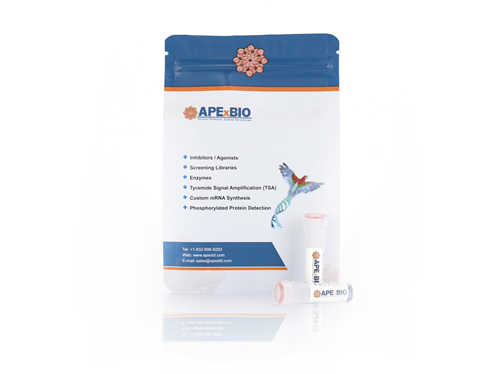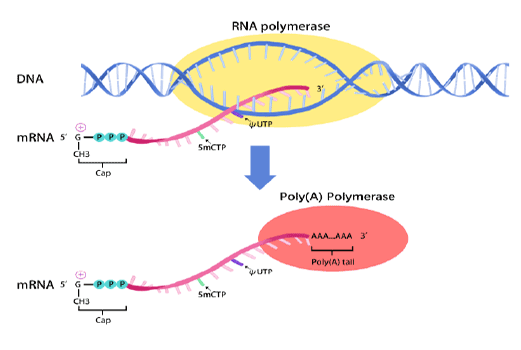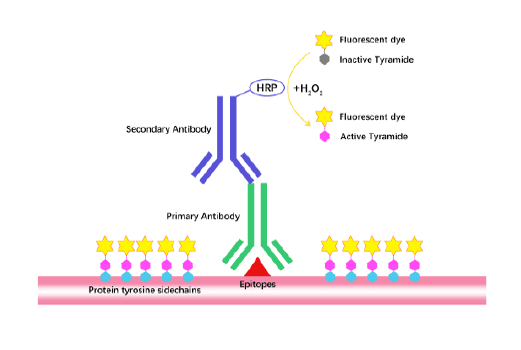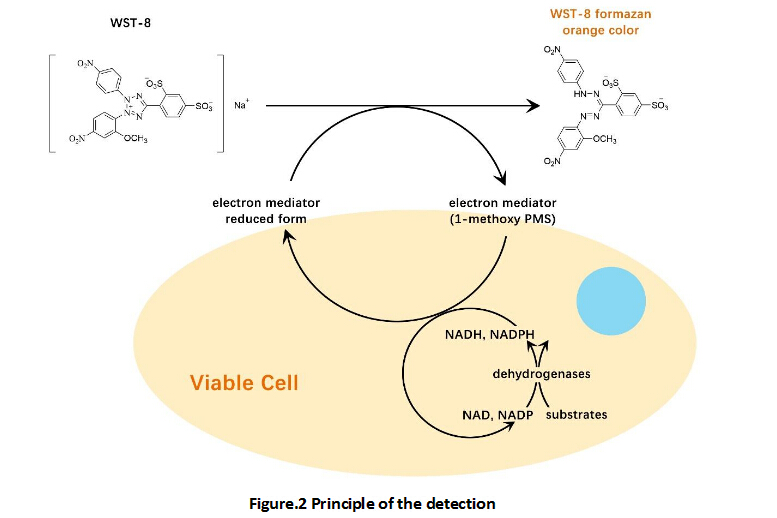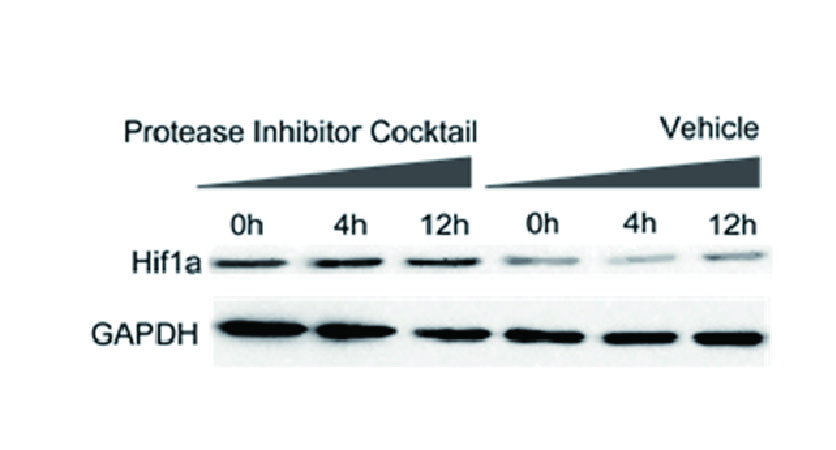Recombinant Mouse IL-2, Tag Free
Interleukin 2 (IL-2) is an O-glycosylated four-stranded α-helical bundle cytokine with strong stimulatory activity against antigen-activated T cells. It is expressed by CD4+ and CD8+ T cells, γ-delta T cells, B cells, dendritic cells, and eosinophils. The amino acid sequence homology of mature mouse IL-2 with human and rat IL-2 is 56% and 73%, respectively. It shows heterogeneity specific to strains in the N-terminal region containing polyglutamine stretching. IL-2 in mice and humans exhibits cross-species activity. The IL-2 receptor is composed of three subunits, which are present on the cell surface in different prefabricated complex forms. IL-2Rα at 55 kDa binds specifically to IL-2 with low binding affinity. IL-2Rβ at 75 kDa is also a component of the IL-15 receptor, which binds IL-2 with moderate affinity. The 64 kDa common γ-chain γc/IL-2 R shared with the receptors of IL-4, -7, -9, -15, and -21 does not interact independently with IL-2. Upon binding to ligands, signal transduction is done by IL-2Rβ and γC. IL-2 is known for its autocrine and paracrine activity on T cells. It drives quiescent T cell proliferation and induces the synthesis of IL-2 and IL-2Rα. It promotes T cell homeostasis by promoting Fas-induced death of native CD4+ T cells, rather than activated CD4+ memory lymphocytes. IL-2 plays a central role in the expansion and maintenance of regulatory T cells, although it inhibits the development of Th17-polarized cells. Therefore, IL-2 may be a key cytokine that naturally suppresses autoimmunity.
| Gene ID | 16183 |
| Accession # | P04351 |
| Alternate Names | Aldesleukin; IL2; IL-2; IL-2lymphokine; interleukin 2; interleukin-2;T-cell growth factor; TCGF |
| Source | Escherichia coli. |
| Protein sequence | APTSSSTSSSTAEAQQQQQQQQQQQQHLEQLLMDLQELLSRMENYRNLKLPRMLTFKFYLPKQATELKDLQCLEDELGPLRHVLDLTQSKSFQLEDAENFISNIRVTVVKLKGSDNTFECQFDDESATVVDFLRRWIAFCQSIISTSPQ |
| M.Wt | The protein has a calculated MW of 17.2 KDa |
| Appearance | Solution protein. |
| Stability & Storage | Avoid repeated freeze-thaw cycles. It is recommended that the protein be aliquoted for optimal storage. 3 years from date of receipt, -20 to -70 °C as supplied. |
| Concentration | 1 mg/mL |
| Formulation | Supplied as a 0.2 μm filtered solution in PBS, pH7.4. |
| Reconstitution | We recommend that this vial be briefly centrifuged prior to opening to bring the contents to the bottom. This solution can be diluted into other aqueous buffers. |
| Biological Activity | Fully biologically active as determined by a cell proliferation assay using CTLL-2 mouse cytotoxic T cells. The EC50 for this effect is 5 ng/mL. |
| Shipping Condition | Shipping with dry ice. |
| Usage | For Research Use Only! Not to be used in humans. |
Quality Control & DataSheet
- View current batch:
-
Purity > 95 % by SDS-PAGE
- Datasheet
Endotoxin: Less than 1.0 EU/μg as determined by LAL method.



